In total, 15 departments were on orange alert for flood risk on Thursday morning, according to France's national weather agency Meteo France.
Orange is the second highest alert and when in place people are advised “to be very vigilant” due to the danger. The public are advised to stay away from the water's edge.
The 15 departements were Aube, Doubs, Jura, Marne, Haute-Marne, Meuse, Saône-et-Loire, Paris, Seine-et-Marne, Yvelines, Yonne, Hauts-de-Seine, Seine-Saint-Denis, Val-de-Marne and Val-d'Oise.
Four other departments, Puy-de-Dome, Loire, Cantal and Haute-Loire were on alert for snow and ice.
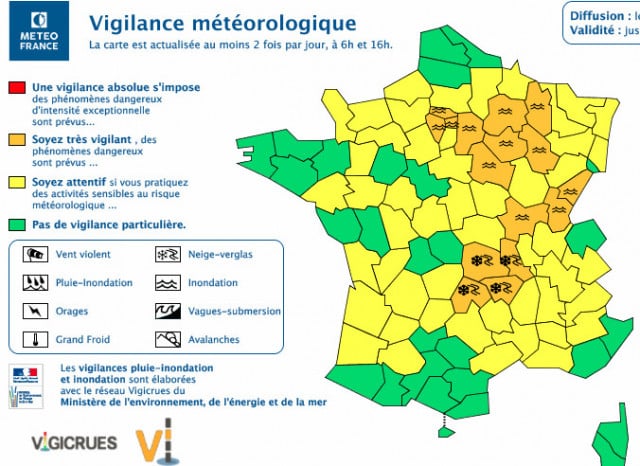
Map: Meteo France
In Val-de-Marne to the south east of Paris, military trucks have arrived to help evacuate residents of the town. Elsewhere in France, including Paris, transport lines and school bus services have been shut down and river banks across swathes of the country are no go zones.
Here are some of the most dramatic images from the floods:
Tonneins, Lot-et-Garonne
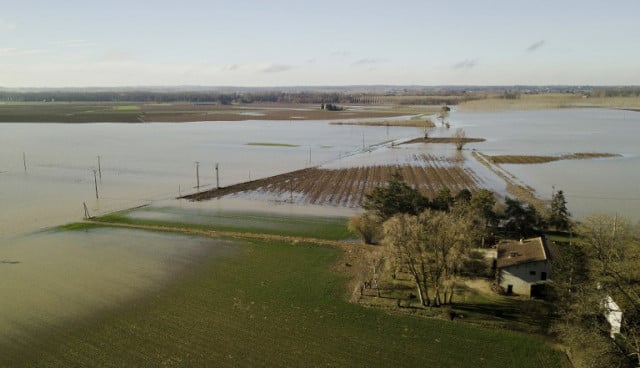
The swollen river Rhone in Lyon
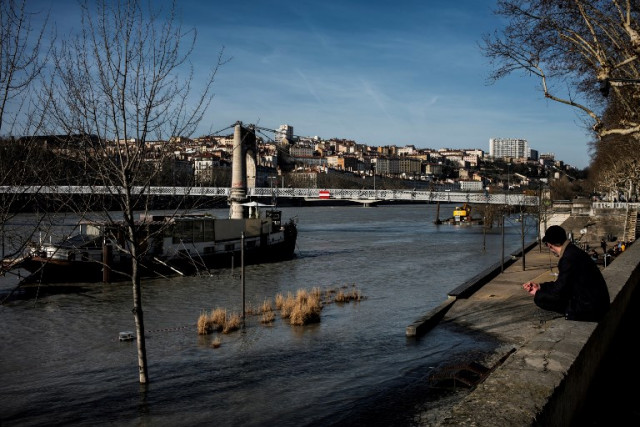
Crosne, Ile-de-France
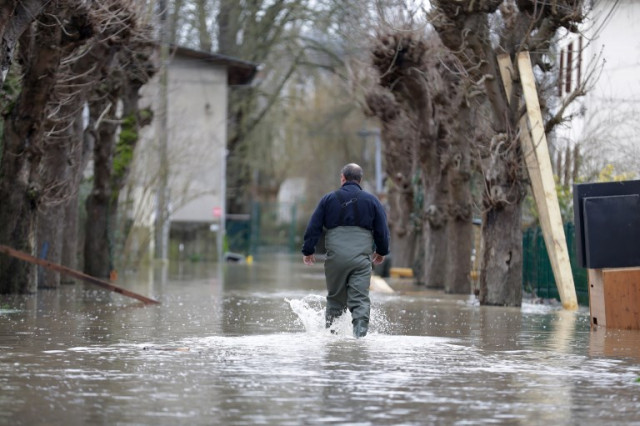
Villeneuve-Saint-Georges, Paris suburbs
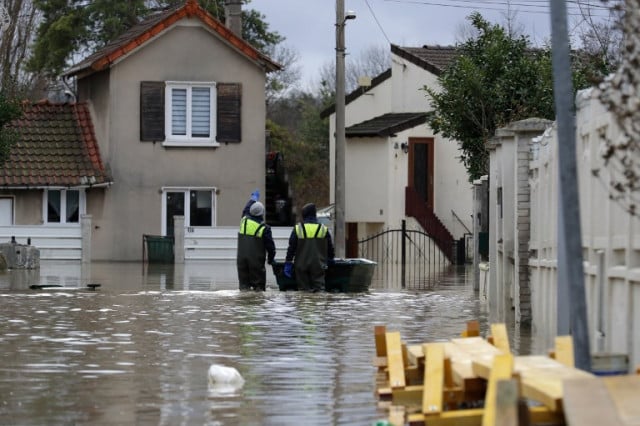
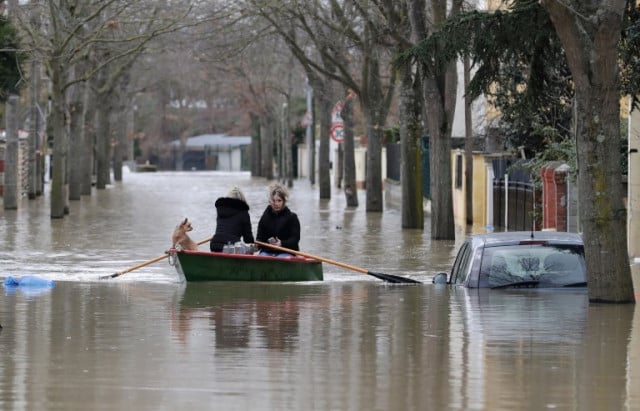
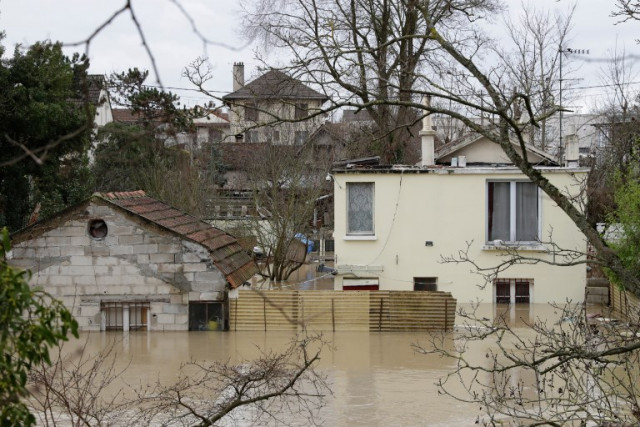
Kehl, at the French-German border
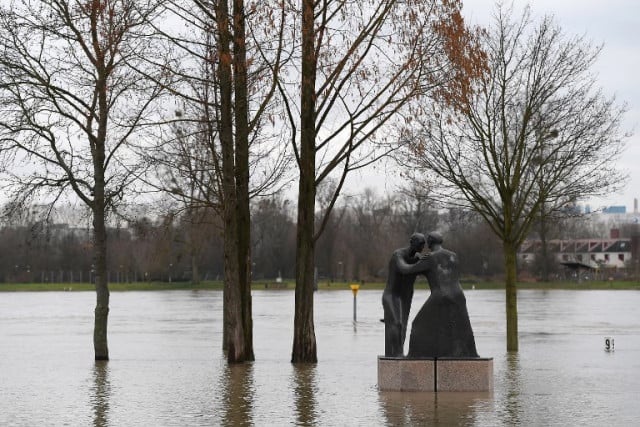
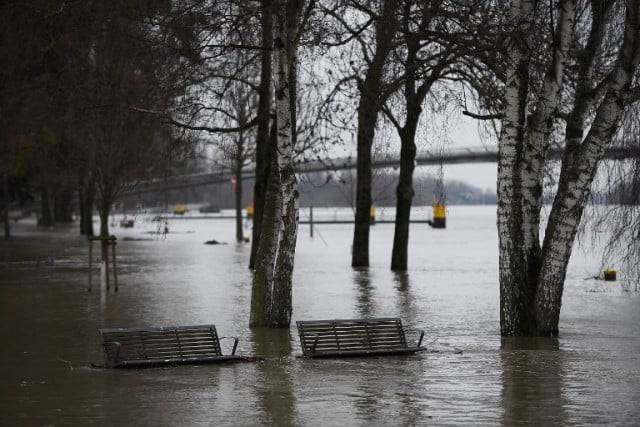
Benfeld, eastern France
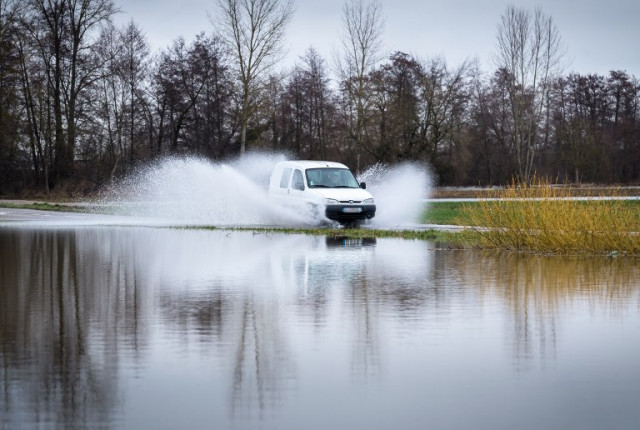
Grigny, Essonne
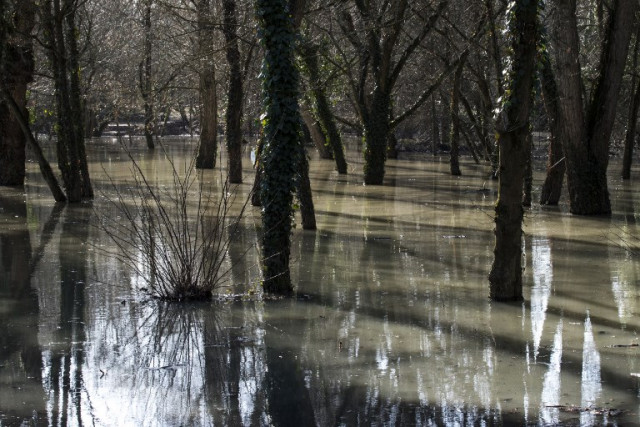
Ornans, eastern France
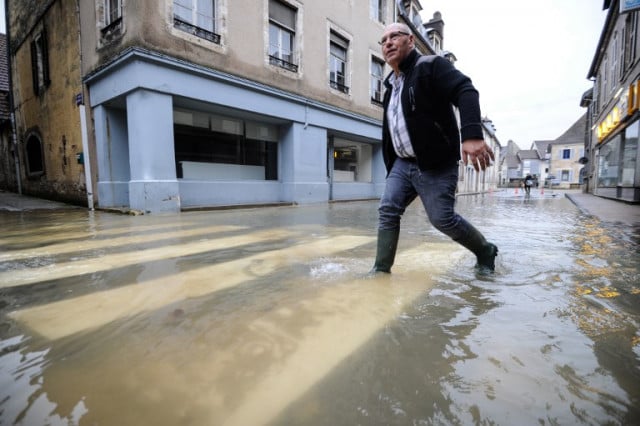
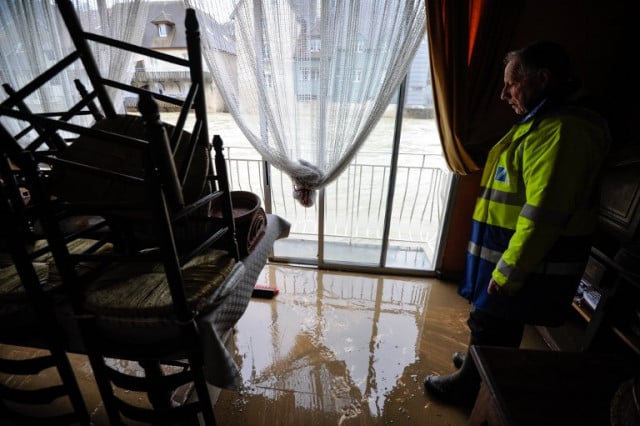

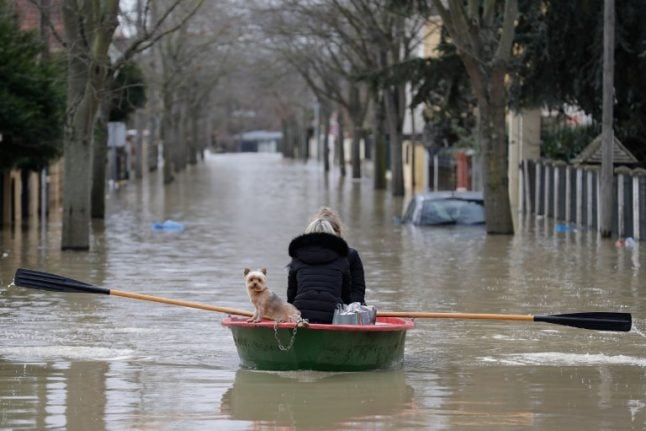

 Please whitelist us to continue reading.
Please whitelist us to continue reading.